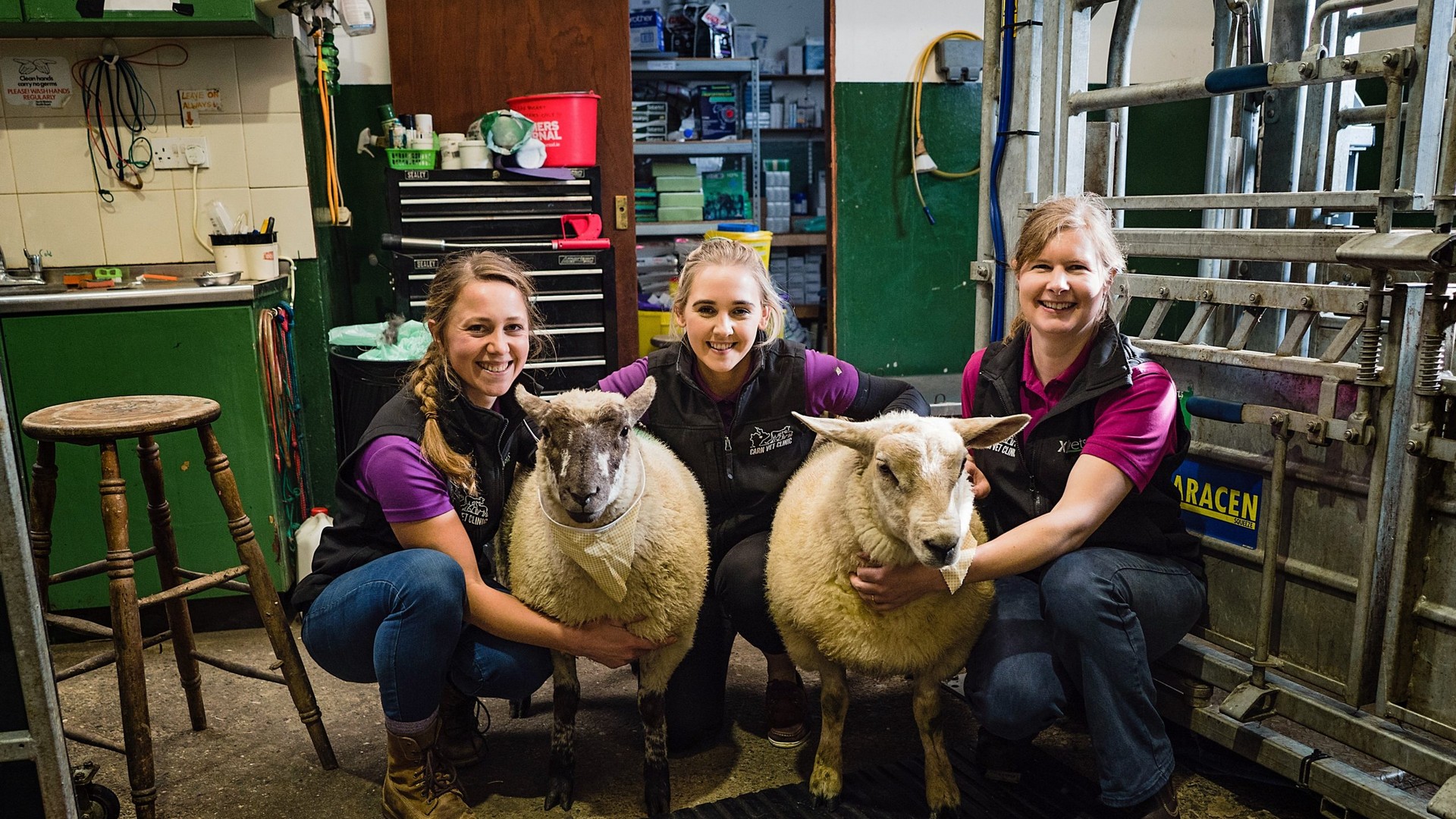Sheep vaccinations against clostridial diseases and pasteurellosis
Clostridial diseases and pasteurella pneumonia are the most common causes of deaths in lambs and sheep. The good news is that you can easily protect your herd through vaccinations!
But, vaccination of sheep needs to be done correctly if you want full protection. In the first year, it is crucial to give a second injection or ‘booster’, 4-6 weeks after the first one to protect your lambs up to 99%. If you don’t give a booster, the protection can be as low as just 10%. So, failing to give the second injection is basically a waste of your own time and money.
Heptavac P+ is a combined vaccine which covers both Pasteurella and clostridial diseases like pulpy kidney, black disease, blackleg, and lamb dysentery.
Here’s how you do it correctly:
- vaccinate lambs from 3 weeks of age, and give a booster within 4-6 weeks
- ewes get a yearly booster 4-6 weeks before lambing. This protects lambs in the first weeks after lambing if they get enough beestings. And don’t forget to booster the rams too.
- if you buy in unvaccinated sheep, do them twice 4-6 weeks apart
Vaccination is strongly recommended and involves relatively low costs. Losing a good lamb costs more than vaccinating 50 animals twice!
Lameness
For the management of footrot, Footvax is available on the market. Sheep can be vaccinated with it from 4 weeks of age. The initial vaccination consists of 2 doses, administered 6 weeks apart. In areas with constant disease challenge, re-vaccination should take place at 6 monthly intervals. This product contains mineral oil.
NB: Accidental injection or self-injection may result in severe pain and swelling, particularly if injected into a joint or finger. In rare cases, it could result in the loss of the affected finger if prompt medical attention is not given. If you are accidentally injected with this product, seek prompt medical advice even if only a very small amount is injected. Take the package leaflet with you.
Abortions
In the case of aborting ewes, postmortems of aborted lambs or blood samples from affected ewes can identify the cause. Toxoplasma gondii and Chlamydophila abortus (‘Enzootic Abortion’) are the two most common reasons for abortions in sheep. There are vaccines available for both.
If you intend to breed from ewe lambs, they may be vaccinated from 5 months of age. Shearlings and older ewes should be vaccinated during the 4-month period prior to mating. Vaccination must take place at least 4 weeks before mating.

